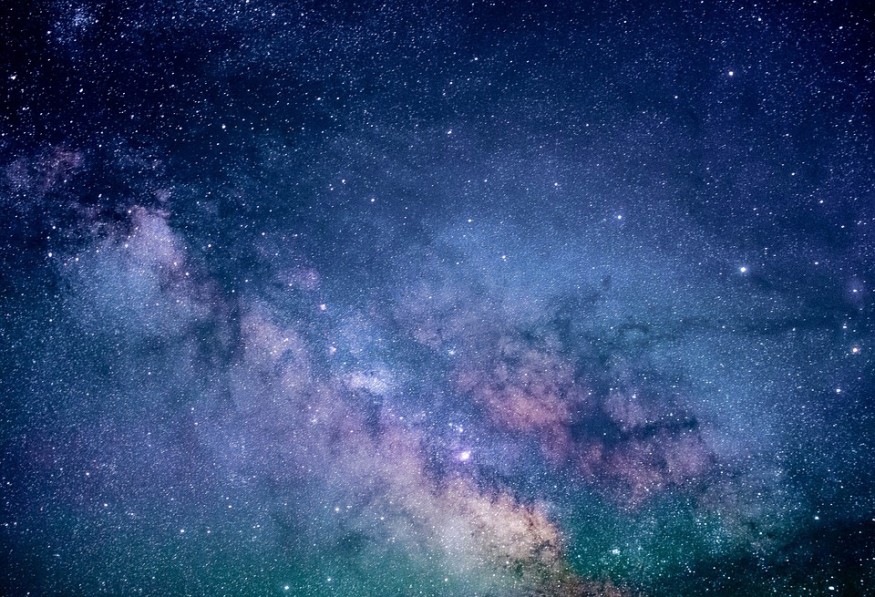
Astronomers in the United States and Australia discovered a gigantic, shimmering galaxy from the universe's dawn through the Atacama Large Millimeter Array in Chile. They have named it "Cosmic Yeti."
How did they discover it?
Experts accidentally spotted the "footprints" of the galaxy. In a statement, the scientific community generally perceived these galaxies as folklore provided the lack of evidence of such existence.
According to the research published in the Astrophysical Journal, the signal from the galaxy has taken 12.5 billion years to reach Earth.
Christina Williams, an astronomer at the University of Arizona who serves as the study's lead author, seen a "faint light blob" in observations made in Chile.
"It was very mysterious because the light seemed not to be linked to any known galaxy at all," Williams, a National Science Foundation postdoctoral fellow at the Steward Observatory, added in the statement.
Williams narrated that she got excited when she saw the galaxy because the faint light blob meant it was "probably far away" and was hidden by clouds of dust.
Other specialists believe that the emission seen was generated by the glow of dust particles heated by stars that were developing in the galaxy. However, spots of dust cover the light from the stars themselves, which made the universe "completely invisible."
Ivo Labbé, a co-author from Swinburne University of Technology in Melbourne, Australia, said in the statement that they figured out a "massive monster galaxy" with as many stars as the Milky Way. The scientist added the stars were forming 100 times the rate of Milky Way.
Astronomers previously had no evidence of massive galaxies from the early universe as they developed. The scientists instead spotted some of the most massive galaxies known which had matured when the cosmos itself was still young.
"Our hidden monster galaxy has precisely the right ingredients to be that missing link because they are probably a lot more common," Williams said.
The astronomers provided that they discovered a galaxy like Cosmic Yeti need to determine if the discovery was just a lucky find or if it's one of many to be seen. Kate Whitaker, study co-author and assistant professor at the University of Massachusetts Amherst, noted that the hidden galaxies are "truly intriguing."
"It makes you wonder if this is just the tip of the iceberg, with a whole new type of galaxy population just waiting to be discovered," Whitaker said in a separate statement.
JWST to be used in further galaxy explorations
The study could be used further to investigate the galaxy further when NASA's James Webb Space Telescope (JWST) launches in 2021.
Williams said the telescope would able to see through the dust veil for them and other researchers how exactly big these galaxies are, how fast they are growing, and to better comprehend why some models fail to explain these kinds of galaxies.
Other vast star-forming galaxies were detected earlier this year. Another team using the ALMA telescope reported in the journal Nature in August that they saw 39 galaxies that formed before the cosmos was two billion years old. Those seem to be set in a dark matter halo, making them challenging to observe directly.
© 2026 NatureWorldNews.com All rights reserved. Do not reproduce without permission.





